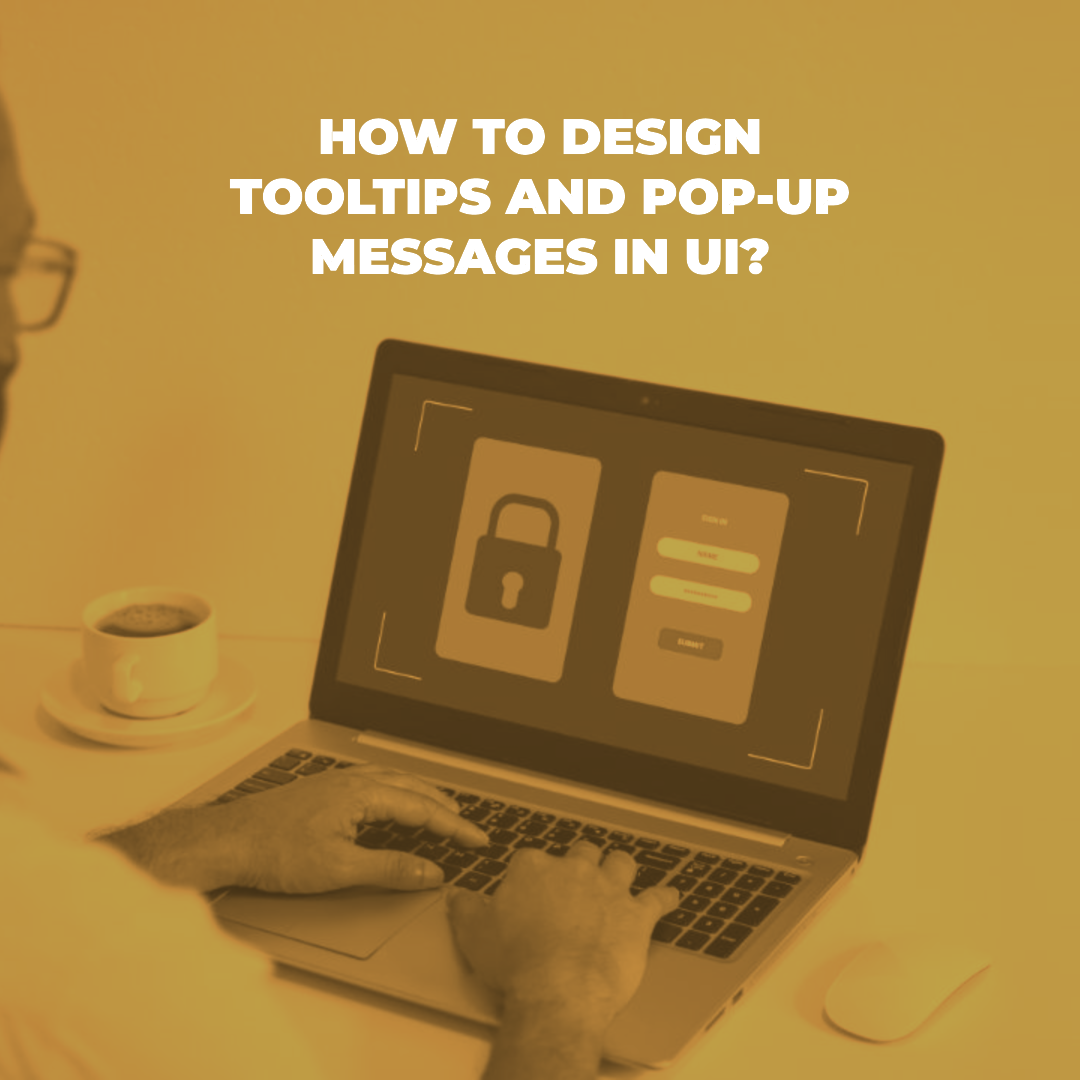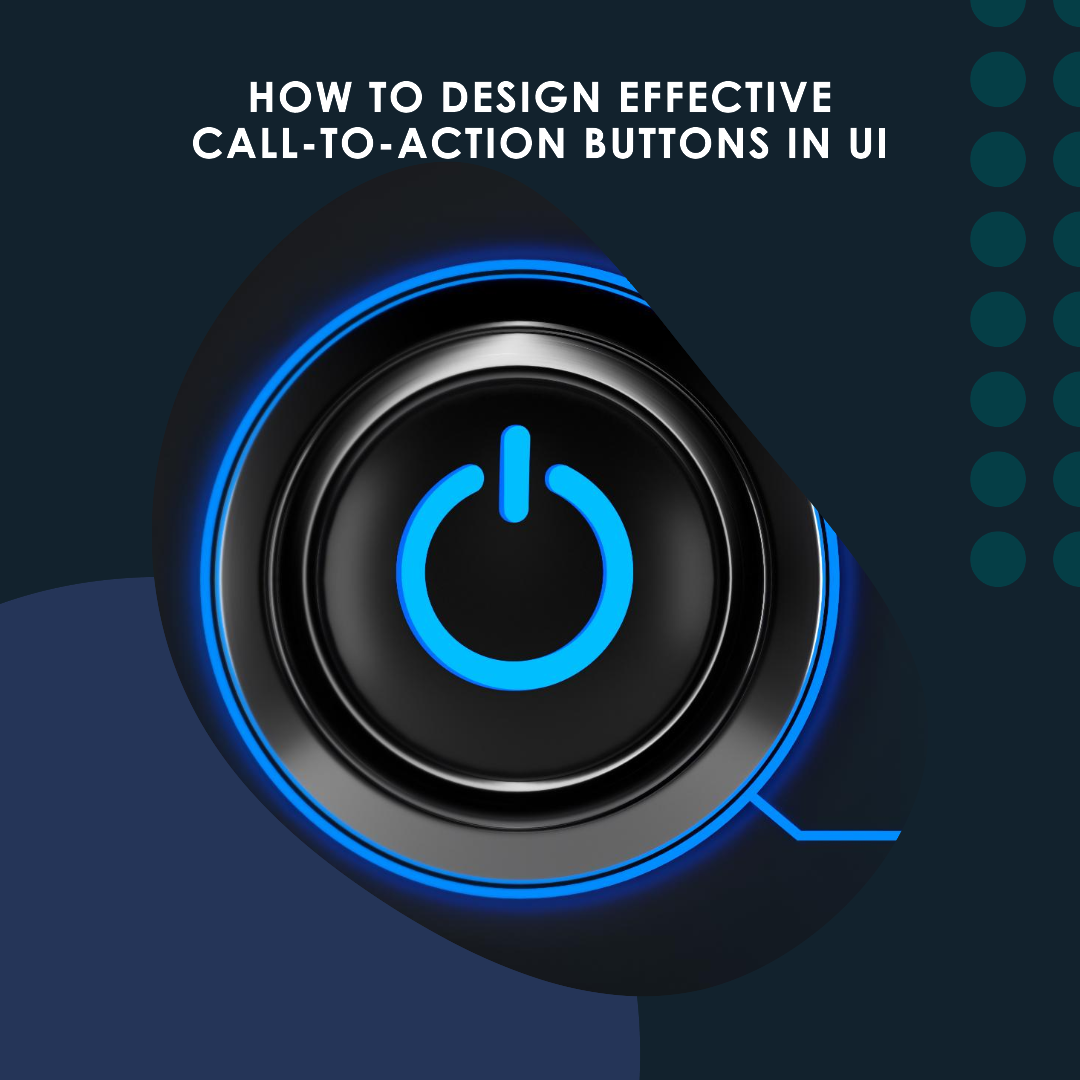How to create UI animations for a smoother user experience?
UI animations are a great way to make your user interface more engaging and user-friendly. They can be used to provide feedback, guide users through tasks, and simply make your UI more visually appealing.
When creating UI animations, it is important to keep the following tips in mind:
- Use animations sparingly. Too many animations can be overwhelming and distracting for users. Use animations only where they are necessary and beneficial.
- Keep animations simple and clean. Avoid complex animations that are difficult to follow. Instead, focus on simple, clean animations that are easy to understand.
- Use animations to provide feedback. Animations can be used to provide feedback to users about their actions. For example, you could use an animation to indicate that a button has been pressed or that a task has been completed.
- Use animations to guide users through tasks. Animations can be used to guide users through tasks by highlighting important elements and indicating the next steps.
- Use animations to make your UI more visually appealing. Animations can be used to add visual interest to your UI and make it more engaging for users.
Types of UI animations
There are many different types of UI animations, but some of the most common include:
- Transitions: Transitions are animations that occur when a user interacts with your UI, such as when they tap on a button or swipe through a carousel.
- Feedback animations: Feedback animations are animations that provide feedback to users about their actions, such as when they press a button or submit a form.
- Loading animations: Loading animations are animations that are used to indicate to users that something is loading, such as when they open a new page or submit a form.
- Attention getters: Attention getters are animations that are used to draw the user’s attention to a particular element on the screen.
- Decorative animations: Decorative animations are animations that are used to add visual interest to your UI.
How to create UI animations
There are a number of different ways to create UI animations. The best method for you will depend on your skills and experience.
If you are a beginner, you can use a tool like Figma or Adobe XD to create UI animations. These tools offer a variety of features that make it easy to create animations, even if you don’t have any coding experience.
If you have more experience, you can use code to create UI animations. There are a number of different JavaScript libraries that can be used to create animations, such as Velocity.js and GreenSock.
Tips for creating effective UI animations
Here are some additional tips for creating effective UI animations:
- Use easing functions. Easing functions are used to control the speed and acceleration of animations. By using easing functions, you can create more natural and fluid animations.
- Use timing and duration carefully. The timing and duration of your animations are important for ensuring that they are readable and user-friendly. Avoid using animations that are too fast or too slow.
- Test your animations with users. Once you have created your animations, be sure to test them with users to get feedback. This will help you to identify any usability issues and make necessary refinements.
Examples of effective UI animations
Here are some examples of effective UI animations:
- Google: Google uses a variety of UI animations to make its products more engaging and user-friendly. For example, when you open a new tab in Chrome, the tab animates in from the right side of the screen. This animation helps to draw your attention to the new tab and makes it clear that it is now active.
- Apple: Apple is also known for its use of UI animations. For example, when you open an app on your iPhone, the app icon animates in from the bottom of the screen. This animation helps to make the transition from the home screen to the app feel more fluid and seamless.
- Twitter: Twitter uses UI animations to make its platform more engaging and user-friendly. For example, when you like a tweet, the heart icon animates to indicate that you have liked the tweet. This animation helps to make the interaction more fun and rewarding.
Conclusion
UI animations can be a great way to make your user interface more engaging and user-friendly. By following the tips in this blog post, you can create UI animations that are effective, efficient, and visually appealing.tunesharemore_vert








